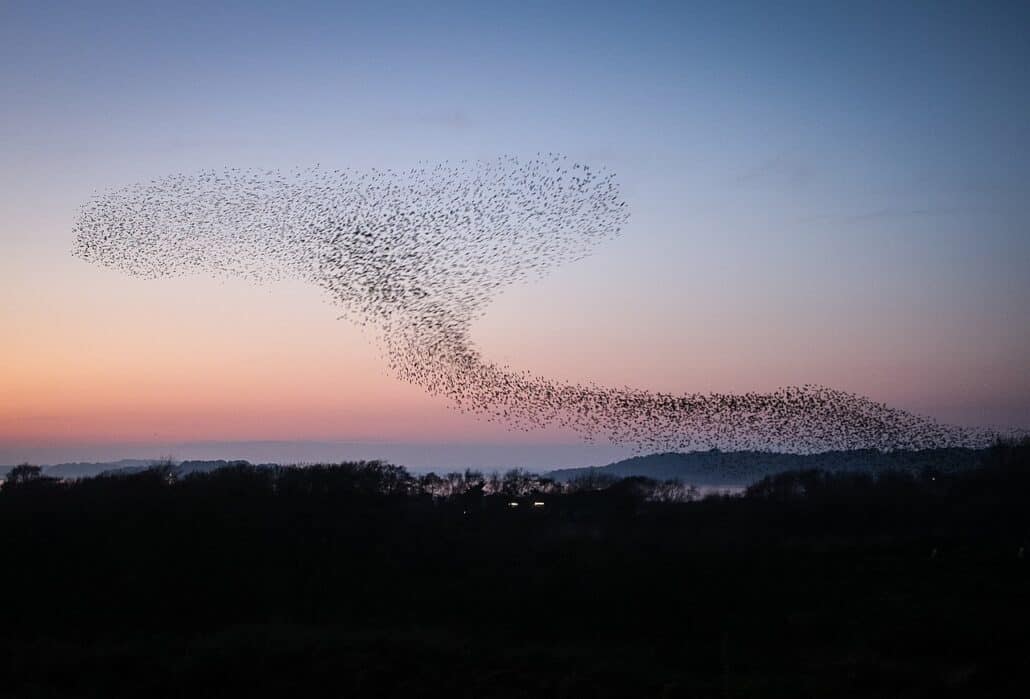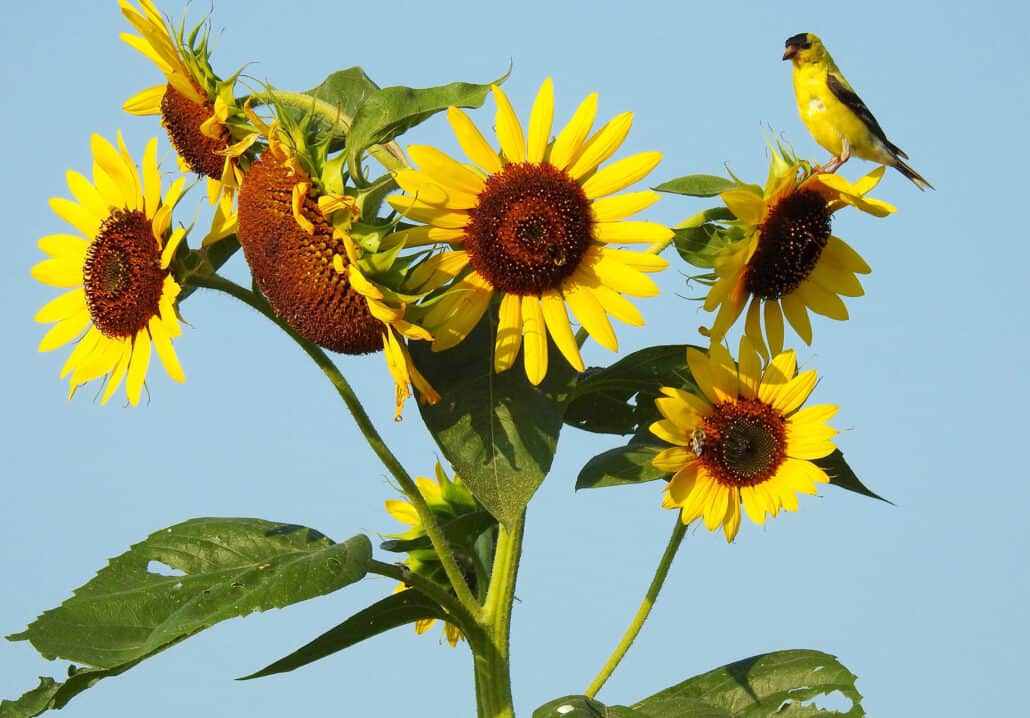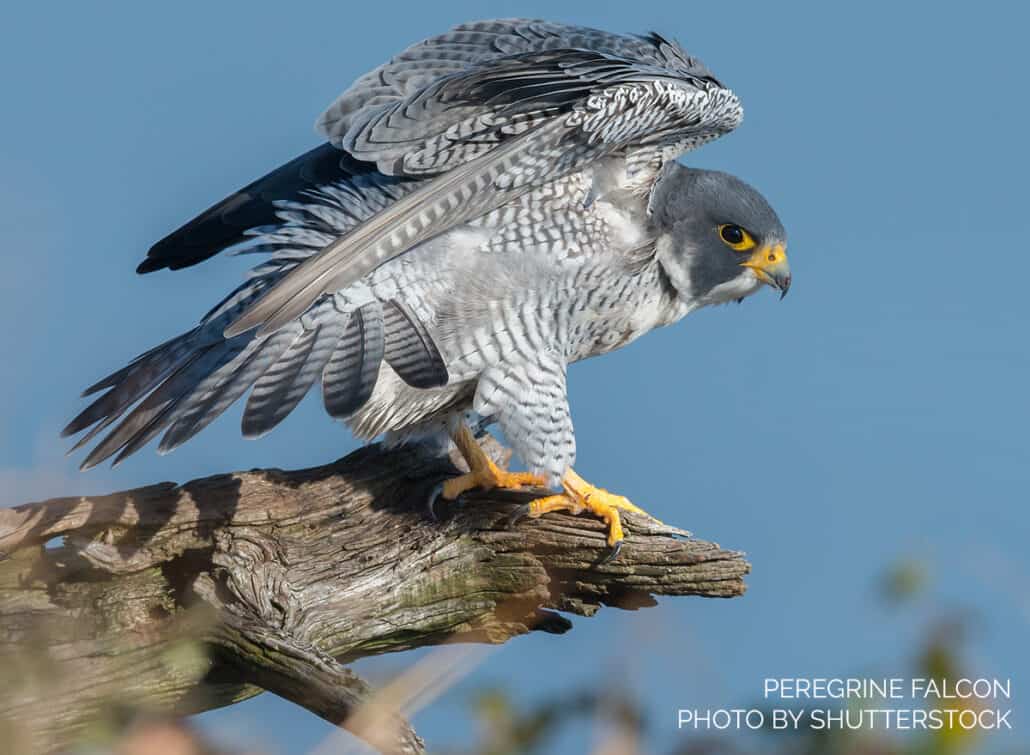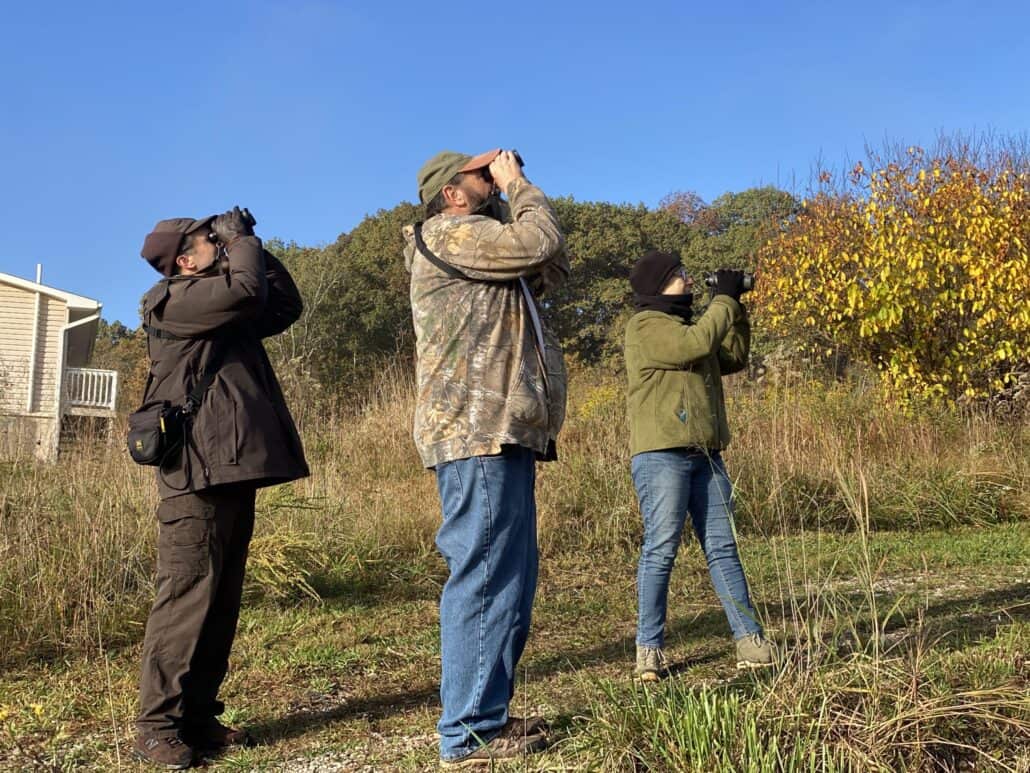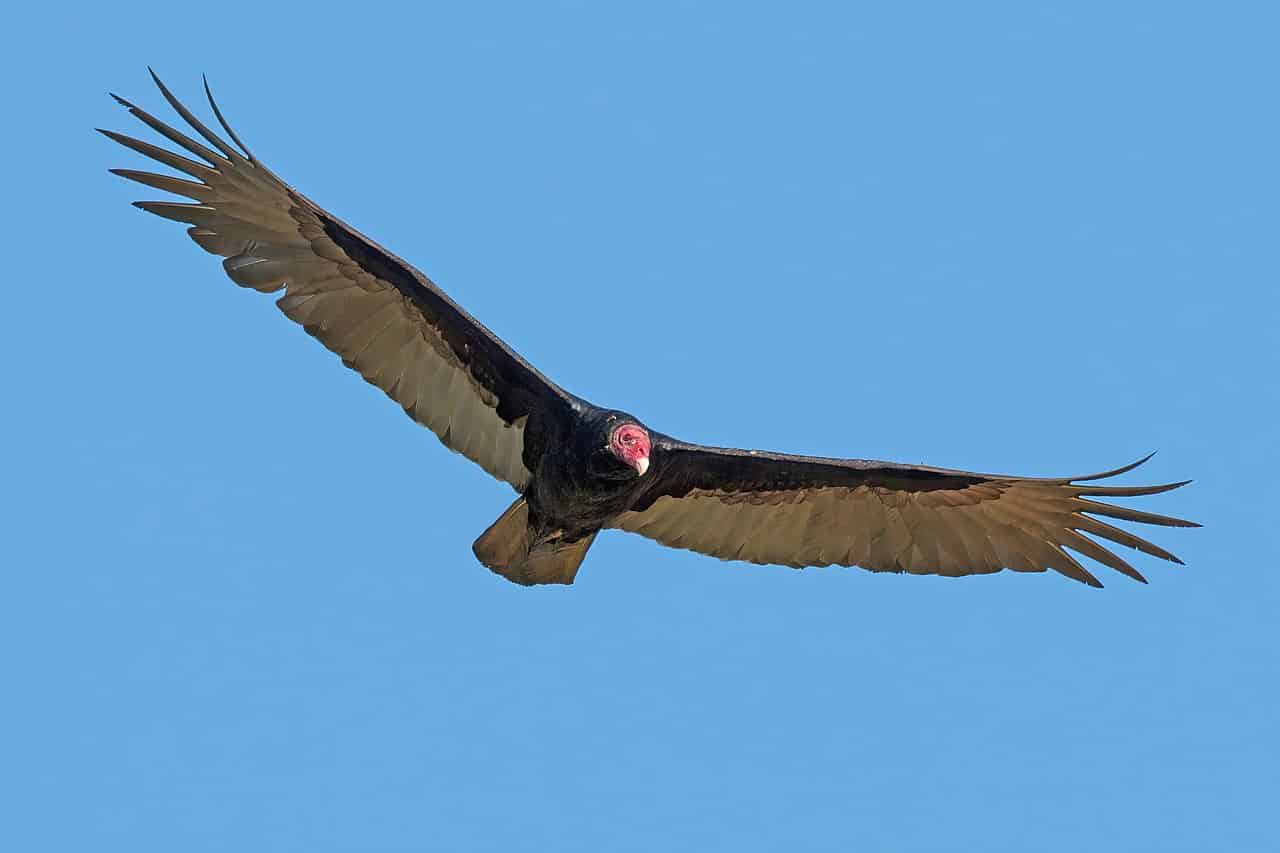
I had my first-ever visit to a landfill recently. Waste Management’s Northwestern Landfill outside Parkersburg, West Virginia, offers a quick and easy option for depositing several years’ detritus scavenged from storage units and warehouses, as my friend with a box truck full of trash demonstrated early on a Saturday morning. As we entered the facility, my exasperation with how humans have advanced exponentially from the common midden heap was nearly overpowered by that childhood excitement of visiting a new playground. We trundled past the site’s methane flare burning like an eternal flame at the gate of a desolate savanna. With protocol dictating all unloading visitors wear personal protective equipment and only one hardhat between us, it was decided that I would stay in the cab unless needed. And it wasn’t my trash.

All the better to bird watch. This thought occurred to me as the sunrise’s rich pinks and oranges intensified through the windshield. Somebody didn’t bring her bins again, came the follow-up. I hadn’t foreseen the opportunity while putting on thick hiking socks, leggings under jeans, long-sleeved shirt under T-shirt under henley under jacket under a woven wool Pendleton coat in the pre-dawn dark. Not freezing was my focus for the morning, rather than viewing local garbage dump avifauna. C’est la vie.
Still, I threw my gaze upward and was rewarded with the sight of two turkey vultures soaring low, their white wingtips reflecting silver in the nectarine glow. The fluffy white snowflakes that had begun falling (but not accumulating, thankfully) had much the same look. The wasteland became a surreal little snowglobe.
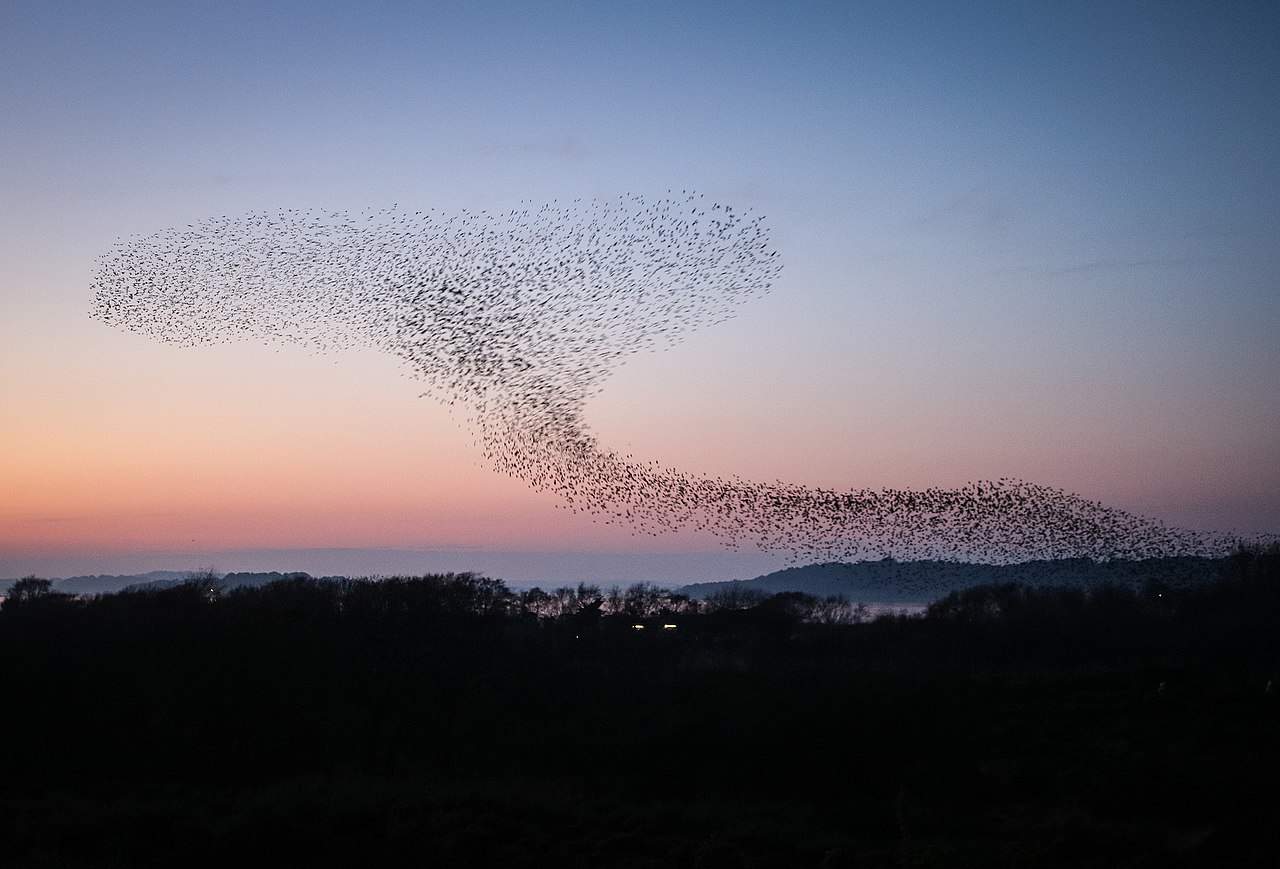
Behind the truck, up a small mound, what I could only assume were starlings were moving in micro-murmurations above a yellow excavator. The amorphous form shifted mid-air for a moment, and then the birds all lit on the machine. This happened again with a second group. And then a third. I guesstimated a thousand birds altogether were perched there, two thousand feet and eight thousand toes impervious to the cold metal. The collective heat from their huddled bodies must have been exquisite. I, surrounded not by the feathers of my fellow species members but by an assortment of fabrics that were thrifted, gifted, crafted, and bought new, was just glad that my companion left the truck on and the heat running.

The final bird sighting of this landfill excursion came in the form of two larger songbirds, their silhouettes rolling by in a loping flight pattern. Maybe, just maybe, they were the eastern meadowlarks I’d been longing to add to my paltry life list. With the light refusing to cooperate for a good look at plumage and all my binoculars 15 miles away, I had to resign myself to never knowing for sure. C’est la vie.
This acceptance of these silhouettes remaining forever unknown called to mind a quote I’d stumbled across the week before: “The moment a little boy is concerned with which is a jay and which is a sparrow, he can no longer see the birds or hear them sing,” said Dr. Eric Berne. He was a twentieth-century psychiatrist famed for his theory of transactional analysis, in which one can observe social transactions to determine whether the communicator is in a parent-like, adult-like, or childlike ego state.
A first impression, with no context to indicate exactly what Dr. Berne was addressing, is that this could be a poignant statement on equality.
From a birderly perspective, though, he had it all wrong.
It is when a boy or a girl or a person to whom such labels don’t apply learns to tell the difference between families and genera and species that seeing the birds becomes an activity of utmost importance. More important still is seeing them well enough to make an accurate identification call. And if you can identify them by their songs, whether that skill comes naturally from field encounters or through the intensive study of recordings, all the better.
This primate simply feels lucky to get to see birds beyond her backyard from time to time, even if it is at a landfill at sunrise in the dead of winter. At least the cold kept the stench down.

